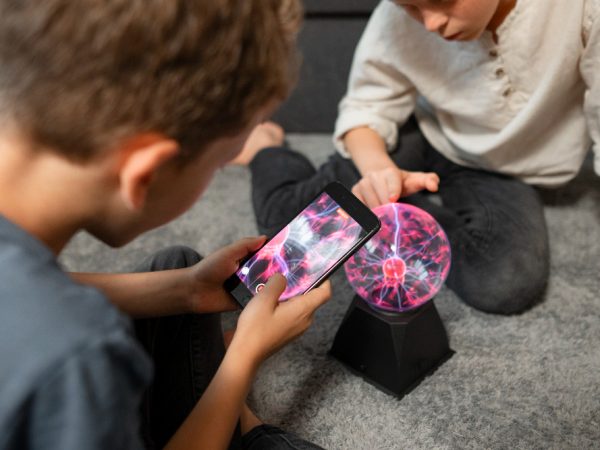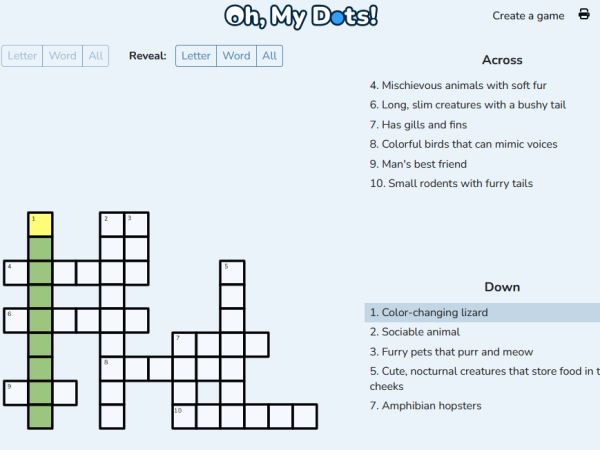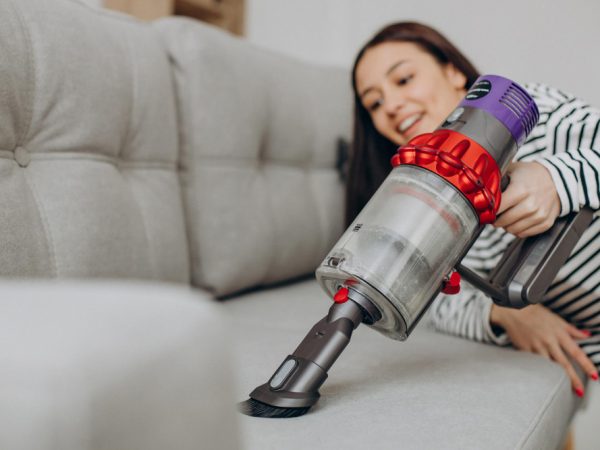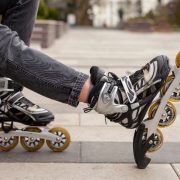Hi in Dutch: 10 Powerful Phrases to Start a Conversation
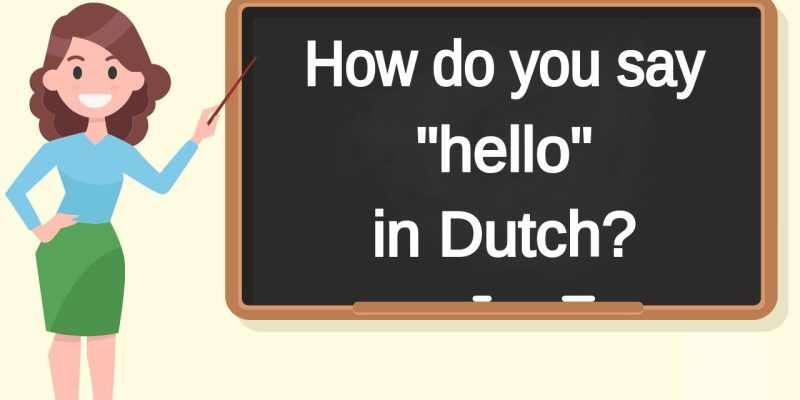
Learning how to greet people in a new language is one of the most important steps in understanding a culture. If you’re planning to visit the Netherlands or simply want to learn some Dutch, knowing how to say “Hi in Dutch” and other essential phrases can make all the difference. This guide will introduce you to 10 powerful phrases that can help you kick off a conversation with confidence.
Whether you’re a tourist, a student, or someone interested in learning a new language, these phrases will help you not only say “Hi in Dutch” but also navigate different social settings with ease. Let’s dive into these useful expressions that will help you make a great first impression in any conversation.
Hi in Dutch: “Hoi” – The Most Common Greeting
The most common way to greet someone in Dutch is “Hoi.” It’s an informal, friendly greeting that you can use in almost any casual setting. Much like the English “Hi,” this word is easy to remember and widely used throughout the Netherlands.
Whether you’re greeting friends, family, or acquaintances, “Hoi” is your go-to word. It’s perfect for situations where you want to keep things light and relaxed, making it a versatile greeting for anyone learning the language.
Hi in Dutch: “Hallo” – A Universal Greeting
Another popular way to greet someone is with “Hallo.” Similar to “Hello” in English, this phrase is slightly more formal than “Hoi” but still widely accepted in everyday conversation. It is appropriate for both formal and informal settings, making it a safe choice when you’re unsure of the tone.
If you’re meeting someone for the first time or in a professional context, “Hallo” is the perfect way to start your conversation with a polite, yet warm greeting.
Hi in Dutch: “Goedendag” – For Formal Occasions
When you need to be more formal, “Goedendag” is the phrase to use. It translates to “Good day” and is typically used in more professional or respectful situations. Whether you’re entering a meeting, greeting an elder, or addressing someone in a formal context, this greeting shows that you respect the person you’re speaking to.
Using this expression can make a significant difference in business environments or first encounters.
Hi in Dutch: “Dag” – A Simple, Versatile Greeting
“Dag” is another great way to say hello. It’s a shortened version of “Goedendag” and can be used both as a greeting and a farewell. This versatility makes it a convenient phrase to use throughout the day in various contexts.
It can be used informally with friends or more formally, depending on the tone of your conversation. This flexible greeting fits many situations, making it a valuable phrase to have in your language toolkit.
Hi in Dutch: “Hey” – An Informal, Friendly Greeting
Just like in English, you can say “Hey” to greet someone informally. This version is commonly used among friends and in casual social settings. It’s a relaxed, friendly way to start a conversation and is perfect for situations where you’re speaking with people you know well.
Using this greeting feels modern and easygoing, so it’s great for those times when you want to keep things informal and approachable.
Hi in Dutch: “Goedenmorgen” – Good Morning
If you’re looking for a way to greet someone specifically in the morning, “Goedenmorgen” is the phrase to use. It directly translates to “Good morning” and is commonly used before noon. This greeting is perfect for starting your day on a positive note and can be used in both formal and informal settings.
This expression is polite and friendly, making it a great choice when you want to greet someone in the morning with warmth and respect.
Hi in Dutch: “Goedenmiddag” – Good Afternoon
After midday, you’ll want to switch your greeting to “Goedenmiddag,” which means “Good afternoon.” This is another formal version of greeting someone that’s perfect for the afternoon. Whether you’re in a business meeting, visiting a friend, or just passing by someone on the street, this phrase is a polite and friendly way to say hello.
Using the appropriate greeting based on the time of day can make a significant difference in showing respect and politeness in Dutch culture.
Hi in Dutch: “Goedenavond” – Good Evening
As the day progresses into the evening, you can greet someone with “Goedenavond,” meaning “Good evening.” This phrase is formal and polite, ideal for greeting someone later in the day. It’s often used when arriving at a social event, dinner, or meeting after 6 p.m.
This greeting is perfect for more formal or respectful situations, helping you set the right tone for evening interactions.
Hi in Dutch: “Hoe gaat het?” – How Are You?
Once you’ve said hello, a common follow-up phrase is “Hoe gaat het?” which means “How are you?” This expression allows you to take the conversation beyond a simple greeting and show interest in how the other person is doing.
It is commonly used in both formal and informal situations and is a great way to keep the conversation flowing after your initial greeting.
Hi in Dutch: “Alles goed?” – Everything Good?
A more casual version of “Hoe gaat het?” is “Alles goed?” which translates to “Everything good?” This informal phrase is commonly used between friends and acquaintances as a way to check in after saying hello.
It is relaxed and conversational, making it perfect for situations where you want to keep things light and friendly.
Conclusion
Mastering how to say “Hi in Dutch” opens the door to deeper conversations and helps you navigate social situations in the Netherlands with confidence. Whether you’re visiting the country, learning the language, or connecting with Dutch-speaking friends, these 10 powerful phrases will allow you to start a conversation with ease.
From the friendly “Hoi” to the more formal “Goedendag,” each phrase has its unique context and use, ensuring that you have the right greeting for any situation. Practice these phrases, and soon you’ll be able to greet people in Dutch like a local!
From the friendly “Hoi” to the more formal “Goedendag,” each phrase has its unique context and use, ensuring that you have the right greeting for any situation. Practice these expressions, and soon you’ll be able to greet people in Dutch like a local!
FAQs
Q1. Can I use “Hoi” in formal situations?
“Hoi” is generally informal and best suited for casual situations. In formal settings, it’s better to use greetings like “Goedendag” or “Hallo.”
Q2. What’s the difference between “Dag” and “Goedendag”?
“Goedendag” is more formal and used in professional or respectful contexts, while “Dag” is more versatile and can be used both informally and formally.
Q3. Is tap water safe to drink in Amsterdam?
Yes, tap water is safe to drink in Amsterdam and the entire Netherlands. It’s of high quality and completely safe for consumption.
Q4. How do I ask for water in a restaurant in Dutch?
To ask for water in Dutch, you can say, “Mag ik een glas water, alstublieft?” which means “Can I have a glass of water, please?”
Q5. Is “Hey” considered too informal in Dutch culture?
“Hey” is commonly used in informal settings, particularly among friends. It’s a casual way to greet someone and not typically used in formal situations.
Also read: Things to Do in Eindhoven: 10 Exciting Things for an Amazing Weekend




